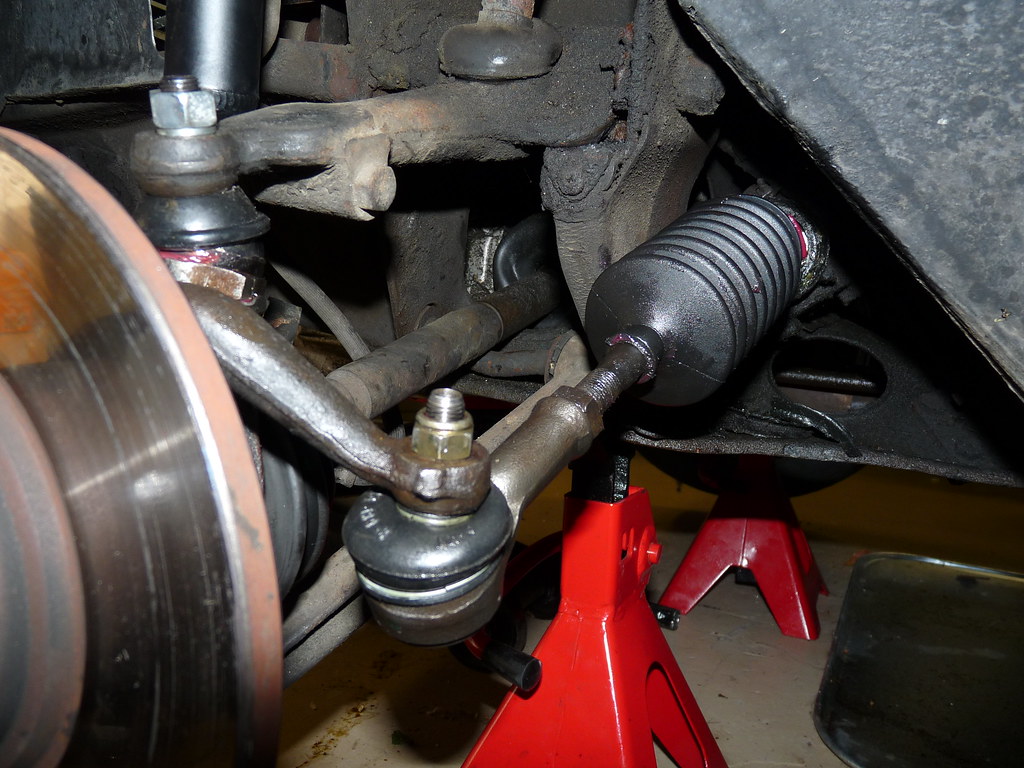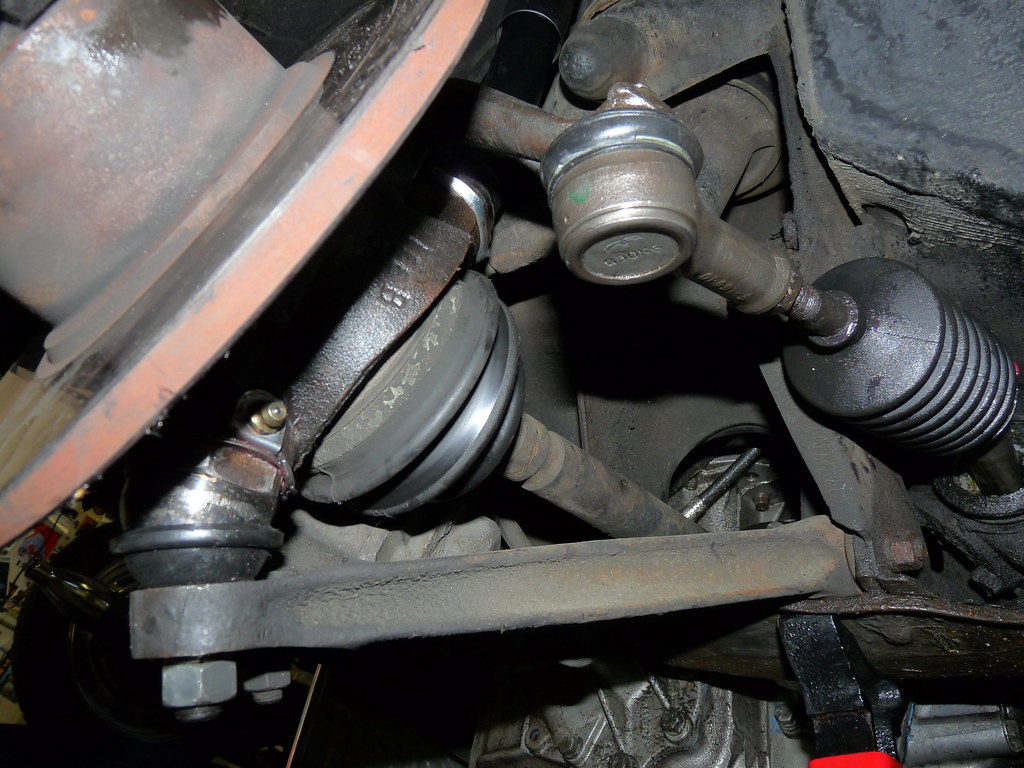How to Check Your Steering Ball Joint?
Contents
– How the steering ball joint works
– Steering Ball Joint: What about its wear?
– Checking your steering ball joint
In your car’s front axle assembly (or on each steering axle), the steering ball connects the wheel to the end of each rack and pinion.
It is used to transmit the steering motion to steer the wheels and thus turn. Here’s a closer look at the steering knuckle, how it works and how to maintain it.
How the steering ball joint works
A ball joint is a semi-spherical or conical part that transmits steering motion. The steering wheel drives the steering shaft, which, when coupled to the rack, drives the connecting rods to turn the steering wheels symmetrically:
The hub holder (or spindle holder) is equipped with an arm ending in a drilled loop to a horizontal connecting rod and a wheel placed perpendicular to it.
– It is in this housing that the ball joint is installed to allow, thanks to its rounded shape, to push the wheel inwards or outwards around the hub pivot with the least mechanical stress.
– The ball joints are said to be lubricated for life and have a lifespan of over 100,000 km.
What about wear on the steering ball joint?
Although it is a major part of the steering system, a steering ball joint is not a part that will wear out quickly.
It would help if you have it checked either as a precautionary measure after 100,000 km or after unusual vehicle behaviour.
Possible causes of wear

Urban use, as is often the case in mechanical engineering, will wear out the steering components more than highway use:
– In the city, the vehicle is required to turn at a standstill or at low speed (slots, maneuvers…), which implies a higher load applied to the front axle and, therefore, to the steering components.
– Shocks against a curb or following a separation are also higher, in addition to the cases of steering lock where the wheel remains blocked against an obstacle (forcing on all parts from the power steering motor to the ball joints).
Consequences of ball joint wear
Even if it is not very frequent, it is necessary to pay a lot of attention to its wear because a damaged ball joint can have obvious consequences on the safety of the vehicle:
– The first signs will usually start with a slight play or blur in the steering, which will become more pronounced over time – sometimes with vibrations – both when cornering and driving straight.
– Then, the handling will gradually deteriorate with the vehicle becoming less and less precise in its placement.
– These inconveniences can sometimes be accompanied by noticeable tire wear.
– Finally, in the most severe cases, the ball joint can deteriorate to the point of jumping out of its housing and rendering the steering inoperative on the wheel concerned.
Checking your steering ball joint
You cannot assess the play of a steering ball joint while the suspension shaft is under load. It is, therefore, necessary to lift the vehicle, or the front axle, to relieve it:
– The play is then evident when the steered wheel is pulled. But beware, modern suspensions require specific maneuvers to detect it (due to shock absorber compression, among others).
Therefore, it is advisable to contact a professional for an accurate diagnosis because he will disassemble the part for its evaluation.
Good to know: whatever the procedure used, you should replace the ball joints in pairs to guarantee a mechanically symmetrical operation of the steering.
It is strongly advised to perform a wheel alignment following the replacement/repair of any steering or suspension component.




